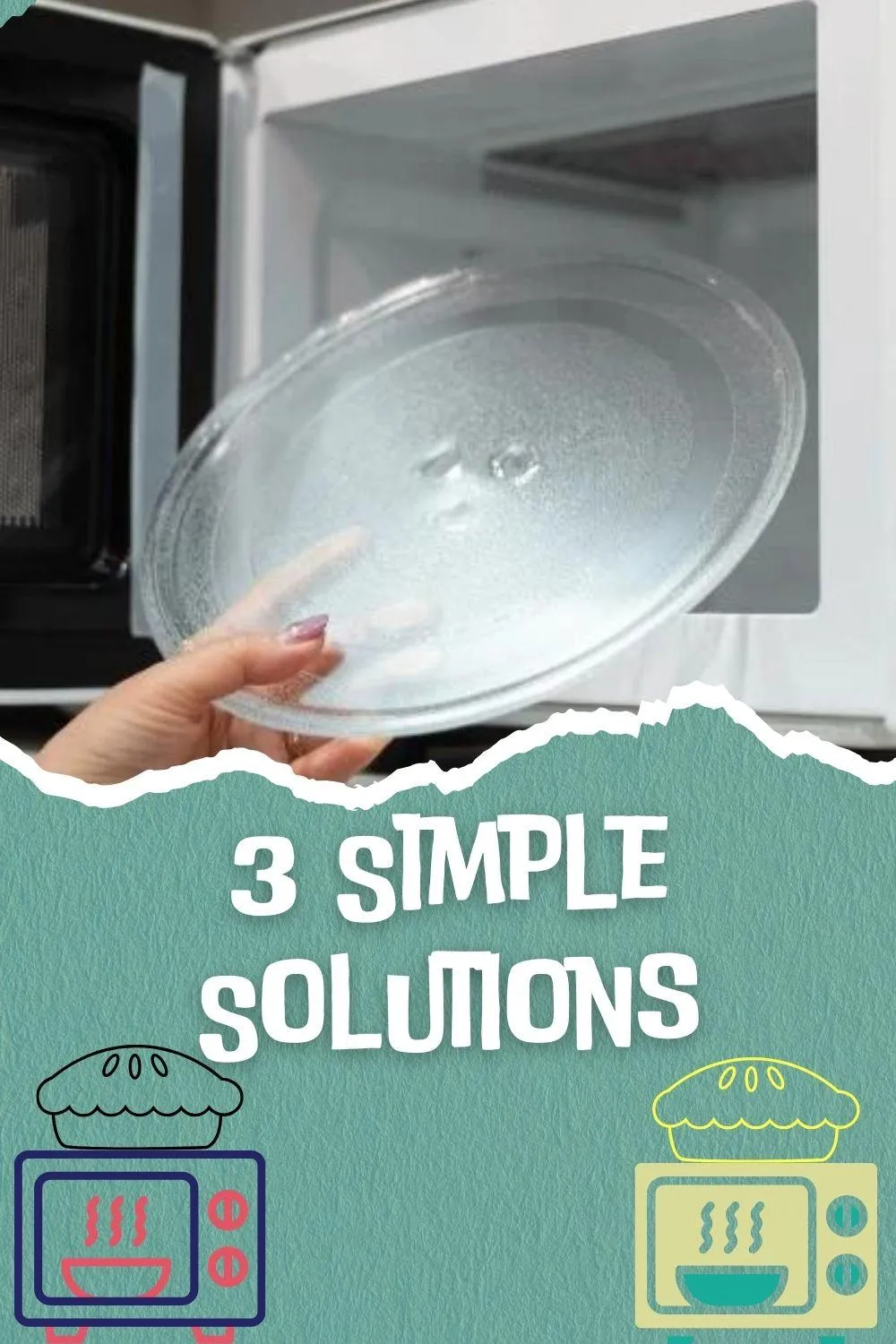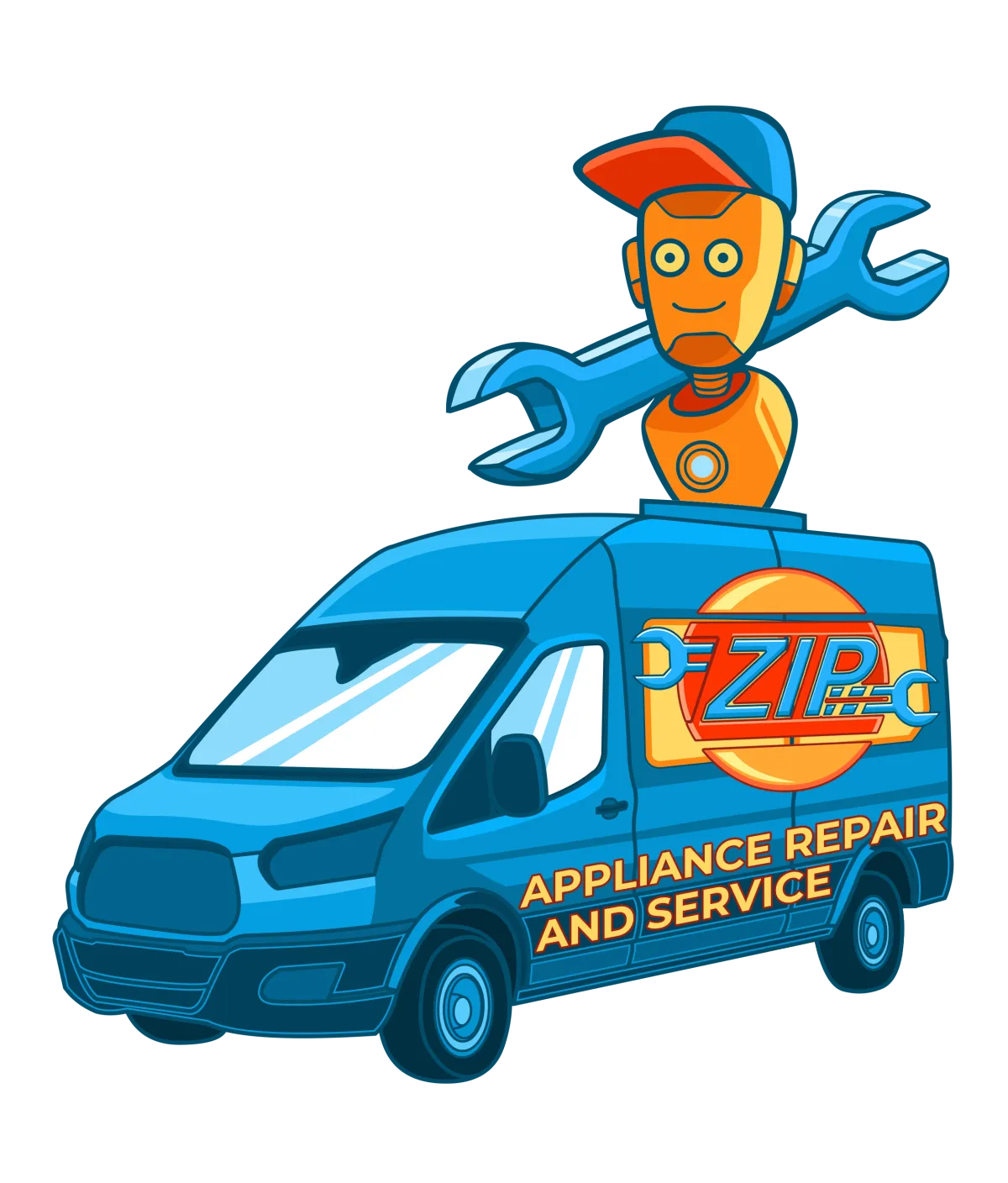Phone: (559) 272-4265
Appliance Repair Tips For Bakersfield, CA Residents

Quick Fixes for 3 Common Microwave Cooking Problems
Unlock the secrets to seamless microwave cooking with our guide to quick fixes for three common kitchen challenges. Elevate your culinary prowess effortlessly and enjoy delicious meals every time. - Appliance Boss
Introduction to Microwave Cooking Woes
Microwave ovens revolutionized cooking with their speed and convenience, but mastering their quirks is essential for optimal results. Let's delve into common issues and practical solutions.
Understanding the Basics of Microwave Cooking
Microwaves cook food by agitating water molecules, generating heat rapidly and evenly throughout the dish. Understanding this fundamental process is key to troubleshooting cooking problems effectively.

Common Microwave Cooking Problems
Microwave cooking comes with its share of challenges, from uneven heating to unexpected food textures. Addressing these issues can enhance your culinary experience significantly.
Overheating and Uneven Cooking
Microwaves sometimes heat food unevenly, resulting in hot spots and cold areas within the same dish.
Causes of Overheating and Uneven Cooking
Incorrect Power Settings: High power levels can scorch food while low settings may leave it undercooked.
Improper Food Placement: Uneven distribution or stacking can hinder even heating.
Quick Fixes for Overheating and Uneven Cooking
Adjusting Power Levels: Lowering the microwave power or using medium settings can help achieve more balanced heating.
Rotating Food Midway: Pausing cooking to rotate or stir the food promotes uniform heating.
Food Drying Out or Becoming Rubbery
Microwave cooking can sometimes strip food of moisture, leading to unappetizing textures like rubbery or tough consistency.
Reasons Behind Food Drying Out or Becoming Rubber
Incorrect Cooking Times: Overcooking or insufficient cooking times can dry out delicate foods.
Lack of Moisture: Some dishes, especially those without added liquids, may lose moisture during cooking.
Solutions for Food Drying Out or Becoming Rubbery
Using Microwave-Safe Covers: Covering dishes with microwave-safe lids or wraps traps steam, preventing moisture loss.
Adding Moisture with Microwave-Safe Dishes: Introducing a small amount of water or broth to the dish can help maintain moisture levels.
Food Not Heating Through Properly
Inadequate heating is frustrating, often leaving parts of the food cold while others are piping hot.
Factors Contributing to Food Not Heating Through Properly
Cold Spots in Microwave: Microwave interiors may have areas where microwaves are less effective, causing uneven heating.
Inadequate Cooking Time: Rushing cooking times or using incorrect settings can result in undercooked food.
Fixes for Food Not Heating Through Properly
Stirring or Turning Food: Pausing to stir or flip food midway through cooking promotes more even heat distribution.
Using Microwave-Safe Lids: Covering food with microwave-safe lids or wraps helps retain heat and speed up cooking.
Tools and Techniques for Microwave Cooking
Efficient microwave cooking requires the right tools and techniques to maximize results and minimize cooking mishaps.
Essential Tools for Effective Microwave Cooking
Microwave-Safe Containers: Use containers approved for microwave use to prevent melting or leaching of harmful chemicals into food.
Microwave-Safe Covers and Lids: Ensure covers and lids are designed for microwave use to maintain moisture and heat during cooking.
Techniques for Better Microwave Cooking
Understanding Microwave Wattage: Adjust cooking times and power levels according to your microwave's wattage to achieve precise cooking results.
Utilizing Microwave Oven Features: Explore preset functions and features like defrosting or sensor cooking for optimal results.
Advanced Tips for Optimizing Microwave Use
Mastering microwave cooking goes beyond basic techniques, involving strategic approaches to enhance efficiency and flavor.
Enhancing Microwave Cooking Efficiency
Preparing Food for Microwave Cooking: Properly arranging and preparing food before cooking can improve cooking efficiency and outcomes.
Choosing the Right Microwave Power Levels: Adjusting power levels based on food type and quantity ensures even cooking without overheating or undercooking.
Troubleshooting Microwave Issues
Identifying and addressing common microwave problems ensures your appliance performs optimally for years to come.
Identifying Common Microwave Problems
Recognizing issues early allows for timely intervention and prevents further damage or inconvenience.
Diagnosing Microwave Power Issues: Check power sources and connections for fluctuations or malfunctions affecting cooking performance.
Handling Microwave Sparks or Arcing: Address sparking or arcing immediately by inspecting for metal objects or damaged components.
Maintaining Your Microwave Oven
Regular maintenance extends the lifespan of your microwave and ensures safe, efficient operation.
Cleaning and Maintenance Tips
Regular Cleaning Schedule: Wipe down microwave interiors regularly and clean spills promptly to prevent buildup and odors.
Dealing with Microwave Odors: Place a bowl of water with lemon slices inside the microwave and heat for a few minutes to neutralize odors.
Conclusion: Mastering Microwave Cooking Fixes
With these quick fixes and techniques, you're equipped to tackle common microwave cooking challenges with confidence.
Recap of Quick Fixes for Common Microwave Cooking Problems
Summary of Solutions: Highlight key strategies for overcoming overheating, food dryness, uneven cooking, and more.
Encouraging Better Cooking Practices: Emphasize the importance of using proper techniques and tools for successful microwave cooking.
For assistance with appliance repair and maintenance, contact Zip Appliance and Plumbing Repair at www.ziprepairservice.com or call (661) 387-2282. We're here to help ensure your kitchen appliances perform at their best!

Quick Fixes for 3 Common Microwave Cooking Problems
Unlock the secrets to seamless microwave cooking with our guide to quick fixes for three common kitchen challenges. Elevate your culinary prowess effortlessly and enjoy delicious meals every time. - Appliance Boss
Introduction to Microwave Cooking Woes
Microwave ovens revolutionized cooking with their speed and convenience, but mastering their quirks is essential for optimal results. Let's delve into common issues and practical solutions.
Understanding the Basics of Microwave Cooking
Microwaves cook food by agitating water molecules, generating heat rapidly and evenly throughout the dish. Understanding this fundamental process is key to troubleshooting cooking problems effectively.

Common Microwave Cooking Problems
Microwave cooking comes with its share of challenges, from uneven heating to unexpected food textures. Addressing these issues can enhance your culinary experience significantly.
Overheating and Uneven Cooking
Microwaves sometimes heat food unevenly, resulting in hot spots and cold areas within the same dish.
Causes of Overheating and Uneven Cooking
Incorrect Power Settings: High power levels can scorch food while low settings may leave it undercooked.
Improper Food Placement: Uneven distribution or stacking can hinder even heating.
Quick Fixes for Overheating and Uneven Cooking
Adjusting Power Levels: Lowering the microwave power or using medium settings can help achieve more balanced heating.
Rotating Food Midway: Pausing cooking to rotate or stir the food promotes uniform heating.
Food Drying Out or Becoming Rubbery
Microwave cooking can sometimes strip food of moisture, leading to unappetizing textures like rubbery or tough consistency.
Reasons Behind Food Drying Out or Becoming Rubber
Incorrect Cooking Times: Overcooking or insufficient cooking times can dry out delicate foods.
Lack of Moisture: Some dishes, especially those without added liquids, may lose moisture during cooking.
Solutions for Food Drying Out or Becoming Rubbery
Using Microwave-Safe Covers: Covering dishes with microwave-safe lids or wraps traps steam, preventing moisture loss.
Adding Moisture with Microwave-Safe Dishes: Introducing a small amount of water or broth to the dish can help maintain moisture levels.
Food Not Heating Through Properly
Inadequate heating is frustrating, often leaving parts of the food cold while others are piping hot.
Factors Contributing to Food Not Heating Through Properly
Cold Spots in Microwave: Microwave interiors may have areas where microwaves are less effective, causing uneven heating.
Inadequate Cooking Time: Rushing cooking times or using incorrect settings can result in undercooked food.
Fixes for Food Not Heating Through Properly
Stirring or Turning Food: Pausing to stir or flip food midway through cooking promotes more even heat distribution.
Using Microwave-Safe Lids: Covering food with microwave-safe lids or wraps helps retain heat and speed up cooking.
Tools and Techniques for Microwave Cooking
Efficient microwave cooking requires the right tools and techniques to maximize results and minimize cooking mishaps.
Essential Tools for Effective Microwave Cooking
Microwave-Safe Containers: Use containers approved for microwave use to prevent melting or leaching of harmful chemicals into food.
Microwave-Safe Covers and Lids: Ensure covers and lids are designed for microwave use to maintain moisture and heat during cooking.
Techniques for Better Microwave Cooking
Understanding Microwave Wattage: Adjust cooking times and power levels according to your microwave's wattage to achieve precise cooking results.
Utilizing Microwave Oven Features: Explore preset functions and features like defrosting or sensor cooking for optimal results.
Advanced Tips for Optimizing Microwave Use
Mastering microwave cooking goes beyond basic techniques, involving strategic approaches to enhance efficiency and flavor.
Enhancing Microwave Cooking Efficiency
Preparing Food for Microwave Cooking: Properly arranging and preparing food before cooking can improve cooking efficiency and outcomes.
Choosing the Right Microwave Power Levels: Adjusting power levels based on food type and quantity ensures even cooking without overheating or undercooking.
Troubleshooting Microwave Issues
Identifying and addressing common microwave problems ensures your appliance performs optimally for years to come.
Identifying Common Microwave Problems
Recognizing issues early allows for timely intervention and prevents further damage or inconvenience.
Diagnosing Microwave Power Issues: Check power sources and connections for fluctuations or malfunctions affecting cooking performance.
Handling Microwave Sparks or Arcing: Address sparking or arcing immediately by inspecting for metal objects or damaged components.
Maintaining Your Microwave Oven
Regular maintenance extends the lifespan of your microwave and ensures safe, efficient operation.
Cleaning and Maintenance Tips
Regular Cleaning Schedule: Wipe down microwave interiors regularly and clean spills promptly to prevent buildup and odors.
Dealing with Microwave Odors: Place a bowl of water with lemon slices inside the microwave and heat for a few minutes to neutralize odors.
Conclusion: Mastering Microwave Cooking Fixes
With these quick fixes and techniques, you're equipped to tackle common microwave cooking challenges with confidence.
Recap of Quick Fixes for Common Microwave Cooking Problems
Summary of Solutions: Highlight key strategies for overcoming overheating, food dryness, uneven cooking, and more.
Encouraging Better Cooking Practices: Emphasize the importance of using proper techniques and tools for successful microwave cooking.
For assistance with appliance repair and maintenance, contact Zip Appliance and Plumbing Repair at www.ziprepairservice.com or call (661) 387-2282. We're here to help ensure your kitchen appliances perform at their best!
If your dryer has been giving you problems, contact Zip Appliance Repair & Service at (661) 387-2282

Appliance Repair In A Zip
If you need a dryer repair call our Team at (661) 387-2282, or visit our online scheduling page to request service.
Appliance Repair
Plumbing Repair Services
HAVE A QUESTION, CALL (661) 387-2282

Online Offers
Take advantage of our online discount offers - save time and money...

Residential & Commercial appliances
See what our company can do for you

Appliance Repair Tips
If your appliance is not working properly...

1405 Commercial Way ste 100
Bakersfield, CA 93309
Lic # 1116346
Equipment We Sevice
- A Call To Confirm Your Appointment Time
- A Email Detailing Your Assigned Technician
- Information Needed Before The Repair Can Be Started
- An Estimate Of Work To Be Done
© 2025 ZIP APPLIANCE REPAIR & SERVICE LLC








